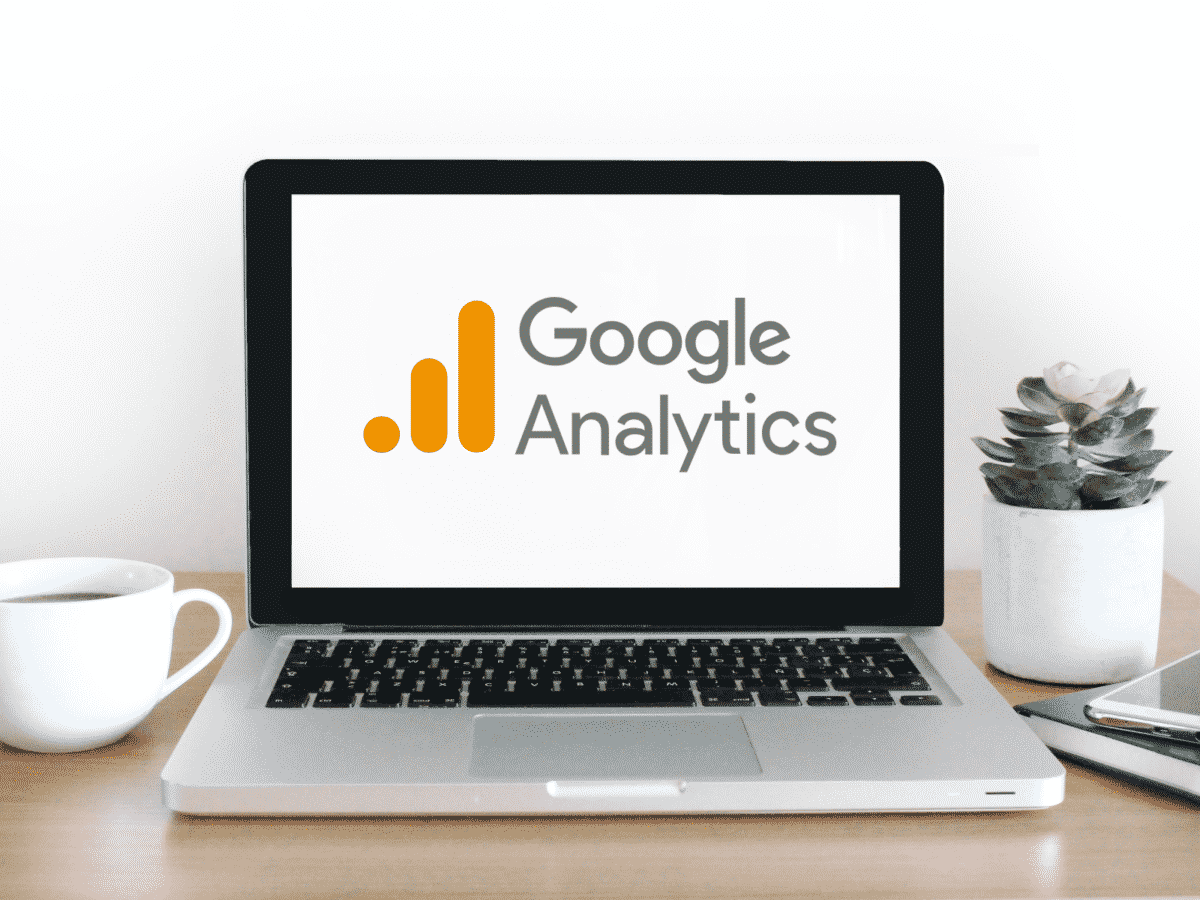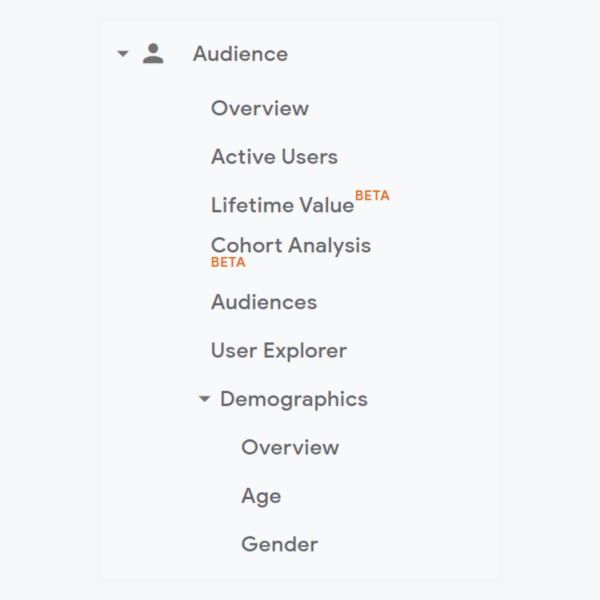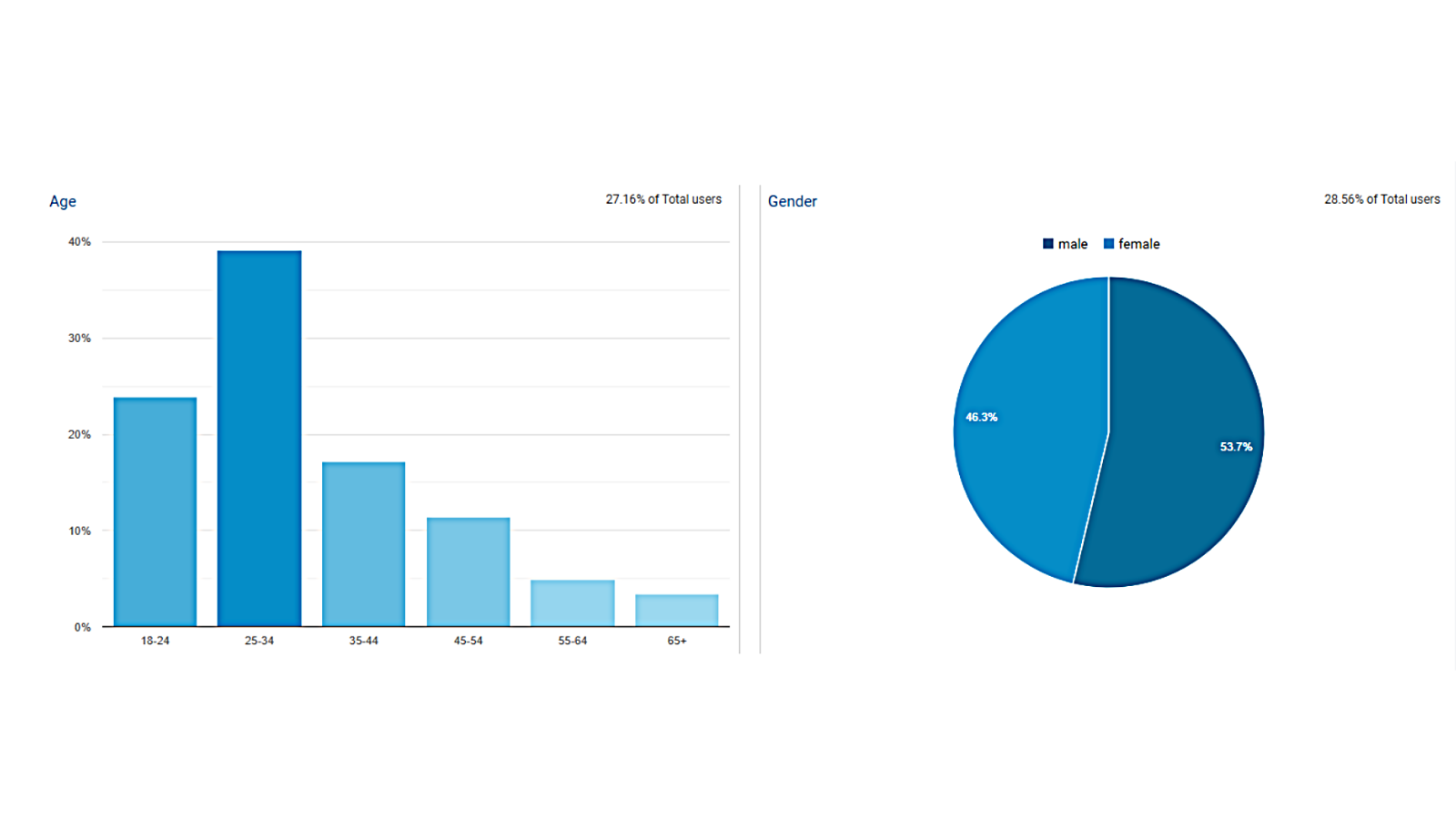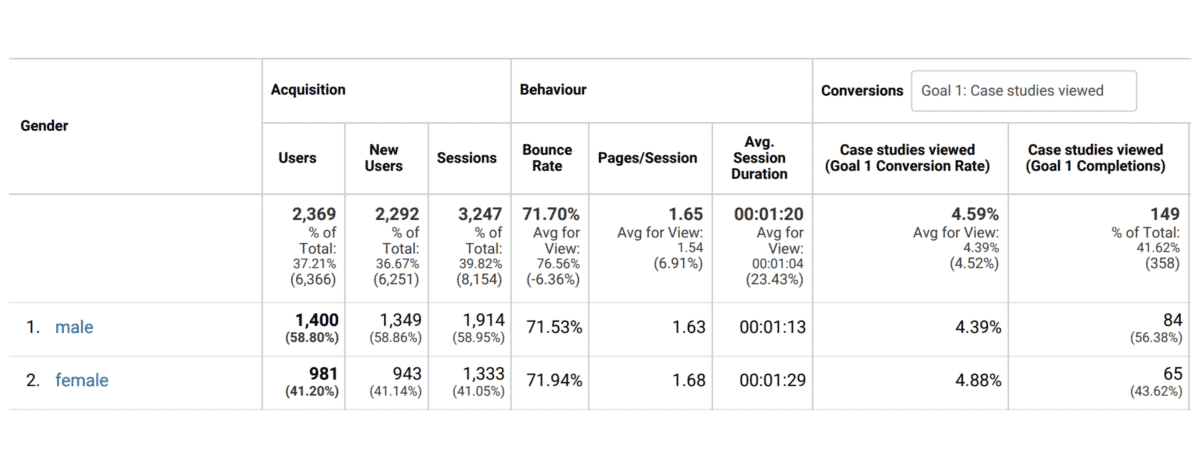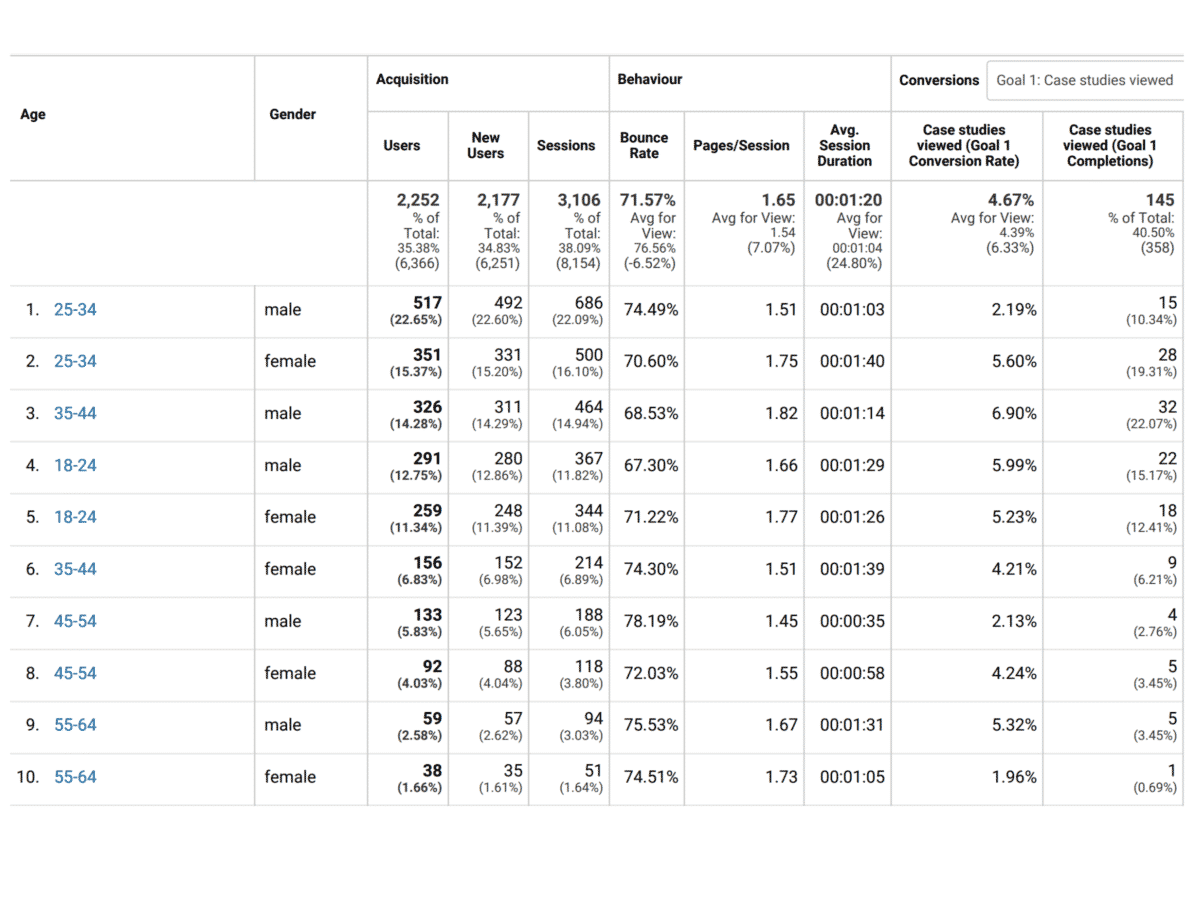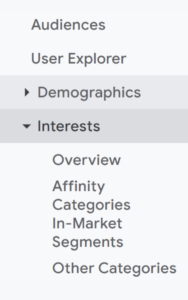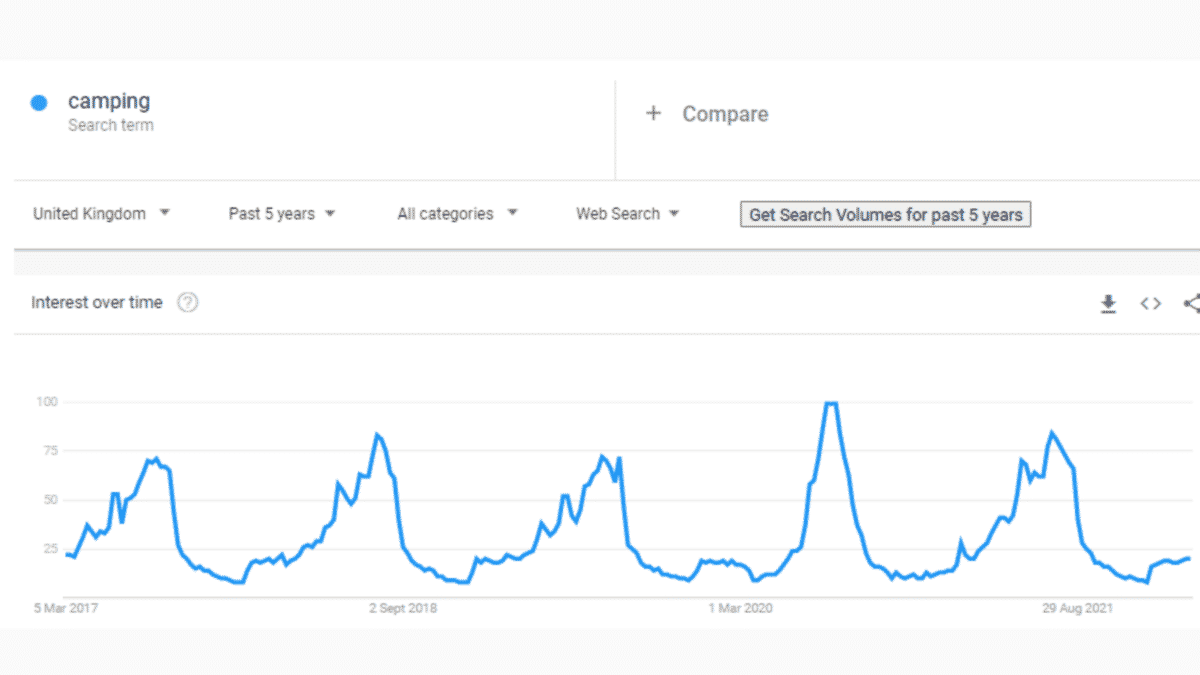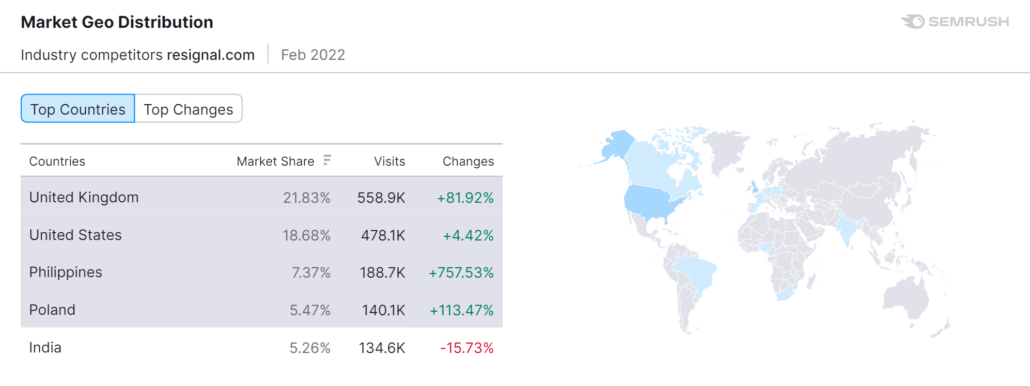6 Easy-To-Use Tools To Define Your Target Audience for SEO
We recently published a post on ‘Tips for Creating a B2B SEO Content Strategy: Key Questions to Answer.’. One of those all-important, key questions was ‘who is your target audience?’
In order to maximise the effectiveness of any SEO strategy, it is essential to understand who your target customers are. Pinpointing who your future potential clients or customers are, allows you to :
- Provide greater insights into your overall SEO strategy
- Helps to increase organic conversion
- Creates relevant content and a tone of voice for your specific market
- Helps to build more insightful keyphrase research
- Helps create linking opportunities in certain niches
Defining your target audience is one of the most important steps in the future success of your business as it enables you to identify your potential (and existing) customers. Not only that, it allows you to drive website traffic from the type of customers that are more likely to convert. After all, the most successful SEO strategies understand who their audience is…
What is a Target Audience?
Simplistically, your target audience is the people searching for a business like yours. Those wanting to visit your site who want, need to use or buy your service or product. These are the people whose interests align with yours and those that have a problem, your product or service could solve.
What Factors Help To Determine Your Target Audience?
When defining your target audience, there are different data sets you can analyse to draw information:
- Gender
- Age
- Location ( this can help inform your marketing strategy)
- Marital status
- Education level (this can help set your brand’s tone of voice)
- Occupation information
- Income (can help determine the level of investment)
- Interests (helps you to understand what matters to them)
- Lifestyle
- Consumer habits
Understanding the areas listed above can enhance our overall SEO strategy. For example, you can research link opportunities within your audience location or determine content topics based on your audience’s age, gender and interests and lifestyle.
There are a number of tools that can help us pull insights into the demographics above, let’s start by using Google Analytics.
1: Using Google Analytics To Help Define Your Target Audience
For any website analytics data, Google Analytics (GA) is your first go-to tool. By digging a bit deeper into GA you can pull some great customer insights into the type of person visiting your site, their interests, demographics and location. Remember though these are people already visiting your website.
Age and Gender Insights
Once logged in, firstly ensure you have a sufficient date range selected (a year or more should do it) and select the correct property and segment. Click on the following:
> Audience
> Demographic
> Overview
This allows us to see a summary of the users that have visited the website, As you can see the majority of the traffic (39.1%) here has come from 25-34 years olds and 53.7% of the traffic is from a female audience. (Google collects this data primarily from people who are logged in to a Google account and also from additional third-party cookies and app data.)
To get a more detailed look at the age of your website visitors, click on the ‘Age’ option under demographics and this will provide more information into the website user behaviour for each specific age group. You are also able to view a gender under the gender option.
This data becomes even more insightful if you add the other secondary dimension and view more granular data. Using the data below it is clear that the highest converting user is actually males aged 35-44 at a 6.90% conversion rate.
This data provides great insight into the uses that actually convert.
Interest Insights
You can view your user’s most popular interests in Google Analytics from the interests report. This is also available under Audience:
> Audience
> Interests
Here you will be able to view a break-down of 3 different types of reports:
Affinity Categories
Affinity interest are users that are at the top of the funnel (TOFU) meaning they are at the beginning of the process. So the idea here is you are trying to target people that have a problem, they might not even know they have a problem yet, and that your business could solve that problem. These are used to reach potential customers to make them aware of your brand or product.
If you have defined your affinity audience properly, you will be able to target them and build the market for your product or service.
Market Interest
In-market interest applies to users that are searching for similar products or services meaning they will be more likely to purchase than affinity categories. These are lower in the purchase funnel further to the end of the process.
Other Categories
This category lets you identify users that aren’t in the affinity or market interest categories.
These insights allow you to identify your audience’s interests and what interest groups are more likely to convert. To help form your SEO overall strategy this data can allow you to create content based on the main interests of your audience.
Geographic
The Geo section is also located under the Audience section in Google Analytics.
> Audience
> Geo
This section allows you to view the country and language of your website visitors. This gives you an understanding of how popular and visited your website is in particular countries, allowing you to cater for them better and to find others like them.
2: Using Google Trends To Help Define Your Audience Location
Google Trends provides information on how a search query has trended over time and also insights into where your target audience is located. The tool allows you to filter your results depending on region, time, category (e.g Arts & Entertainment) and the type of search you’re interested in, like web search.
We’ve used an example here for ‘camping’:
Analysing this data, there is a consistent trend for those searching for ‘camping’ in the UK, with a peak each year (over the last 5 years) from the end of July through to the beginning of August. Although not directly related to defining your audience, this can help you understand how seasonality might affect your product or service.
We are also able to narrow down this interest into regions, which is where you can gain more audience insights:
We are also able to narrow down this interest into regions, which is where you can gain more audience insights:
The majority of users in the UK searching for ‘camping’ live in Wales. Not only that, we can drill down further to understand the regions in Wales ‘camping’ is searched for most frequently.
We can see that Saint Davids in Wales search most frequently for camping. This can help to develop strong insights into whereabouts your target audience is located. Which in turn, can help drive your content’s tone of voice and form your content strategy.
3: Using SEMrush To Define Your Target Audience
Using the Market Explorer Tool in SEMRush allows you to analyse your market and help to understand your current competition. After entering your website (or a competitors’ (if you don’t currently have one) and selecting the overview and demographics tabs, allows you to view your audience demographics and interests:
Using this tool can also help you understand traffic trends, the share of voice, market traffic, geo-distribution and much more!
4: Using Customer Surveys & Interviewing Customers
Surveys are an easy, invaluable tool to find out what leads convert to customers. Keep the survey short and simple to attract a wider audience. Ensure to ask questions around basic demographics, interests, pain points and their needs.
There are loads of free survey tools out there like Google Forms and Survey Monkey to gather responses from your customers. Once you have enough data to sift through, draw regular trends and comparisons. This can help identify content opportunities and keyphrase targets.
5: Using Search Engine Results Pages
Determining your audiences’ intent is an important factor. Using your ‘trophy’ search terms for your business, manually analyse search engines results to find out what sort of results are appearing. Are they informational / commercial / transactional? Take a look at the results themselves, what language is the content using? Who do these pages appear to be communicating to? This can be a clear sign as to who the websites are trying to target.
6: Using Social Media Insights
We all know there’s an increasing range of social media platforms your target audience could be using, So the question is which one is the best to analyse? Your target audience is unlikely to be active on all the social media platforms out there, but similar people tend to stick together. So you need to establish the target audience your audience spends its time using.
If your audience uses Facebook, then Facebook Audience Insights is a good platform to understand the people following your page. Using this along with GA can help you understand your current customers.
Don’t forget, you can incorporate UTM codes into your social posts, which allows you to drive more data into your Google Analytics, providing great audience insights.
Conclusion
The best marketers are able to appropriately identify their audience and make strategic decisions based on that information. Once you have defined your target audience you can then go about building an audience persona – a picture of who the person is. Then you can go about building a story around your audience, talking to your audience in a way that will inspire them and motivate them to use your product or service.

